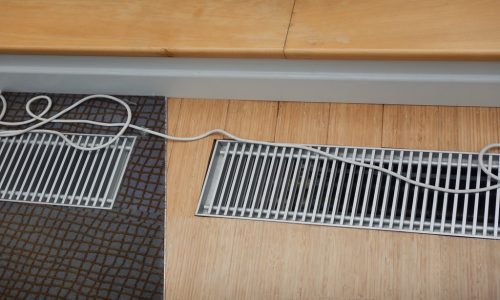How to Block Wood Floor Vents
When the breeze turns a little brisk, the elegance of a wood floor can sometimes mean a less than cozy home. Many homeowners with hardwood flooring find themselves at a silent crossroads, balancing the desire to maintain a stylish interior with the practical need for proper insulation. It seems small, but wood floor vents can be an unexpected culprit, sabotaging the efficiency of your heating and cooling systems. Knowing how to block Wood Floor Vents or how to close them properly is pivotal to prevent future problems.
The Ventilating Virtues of Wood Floors
First, it’s crucial to recognize that the vents serve a valuable purpose. They allow air to circulate, preventing moisture build-up that can lead to mold and damage. Wood floors are a living, breathing surface that responds to temperature and humidity, and vents are the valves that govern these dynamics. However, in the context of energy efficiency, this exchange can be less than ideal.

The Problem with Traditional Vent Covers
Traditional vent covers often provide a one-size-fits-all solution to floor vents. But when it comes to wood floors, these are too broad, allowing warm air to rush under the floorboards, effectively heating the space underneath your feet—4 degrees for each foot closer. This might be comfortable for your floor, but not your wallet.
Crafting a Custom Approach
Optimizing the efficiency of your heating and cooling system isn’t about rejecting the benefits of wood floors but rather about recalibrating the airflow to suit your needs. The solution lies in customization; instead of merely blocking AC vents, we advocate for a blocking technique that is both effective and aesthetic.
Selecting the Right Material
Begin with selecting a material that is both insulating and aesthetic. Foam board, reflective foil, and rigid insulation are excellent choices. These materials not only block a heat vent but also provide thermal insulation, ensuring that the desired temperature stays in the room.
Crafting with Care
Measure the vent opening precisely, and cut your chosen material to fit. This process is similar to cutting a mat for a framed picture—precision is key. Once you have the correct size, consider adding a cloth or decorative finish over the insulation. This not only blends the vent blocker with the room but also maintains an air of sophistication.
Securing the Seal
To ensure an airtight fit, use adhesive strips, or, for a more temporary measure, choose a snug press fit. The latter option allows for easy removal when you want to open the vent during seasonal changes.
Maintaining the Balance
With your custom vent blockers in place, you’ll notice an immediate change in comfort and, ultimately, savings on your energy bill. But always remember the delicate balance of functionality and style. Regularly inspect your blockers for wear, and consider them an integral part of your room’s aesthetic. Your wood floors will thank you, and so will your temperature gauge and budget.
In the end, sealing the vents is a metaphor for the thoughtful determination it takes to achieve harmony in a home. It’s not about covering up, but about designing a space that serves your unique lifestyle efficiently and flawlessly.







